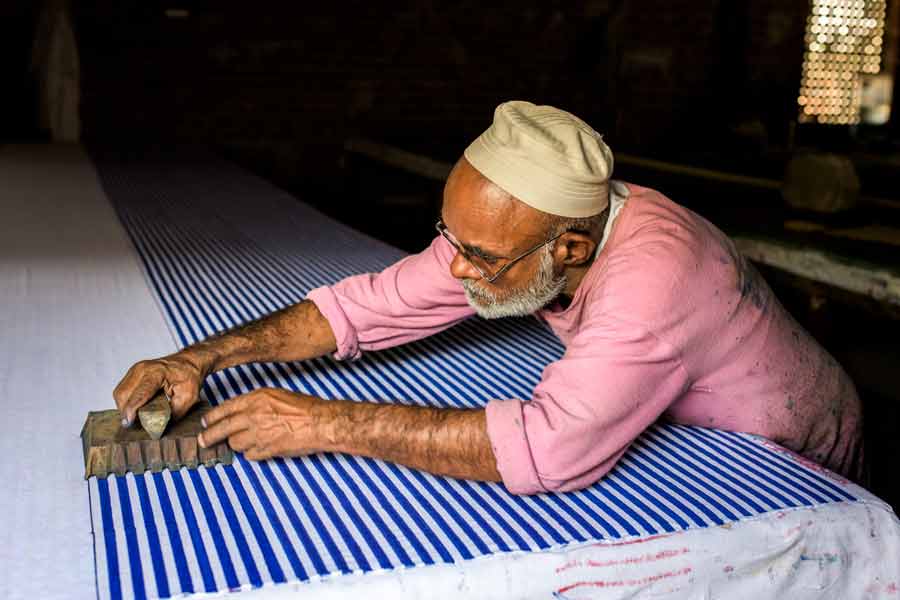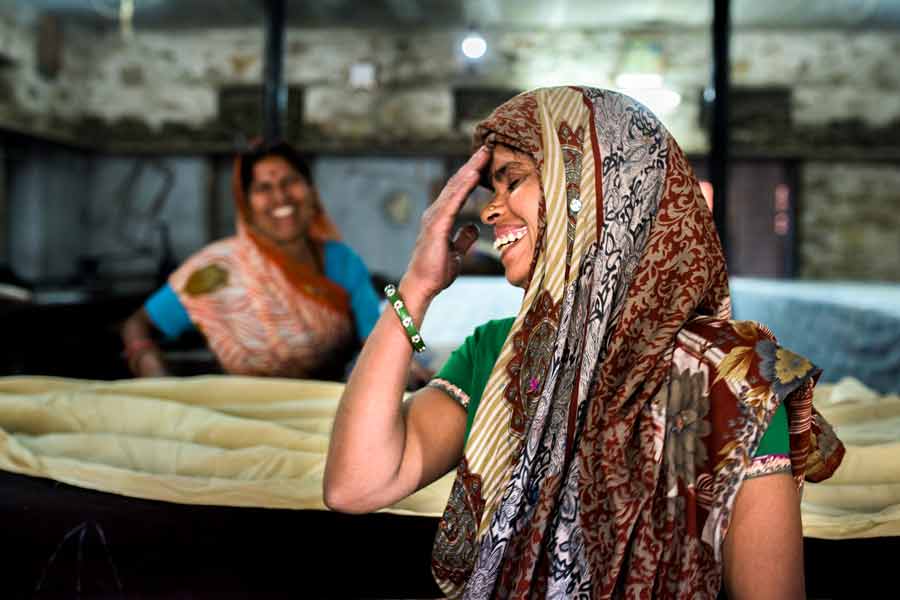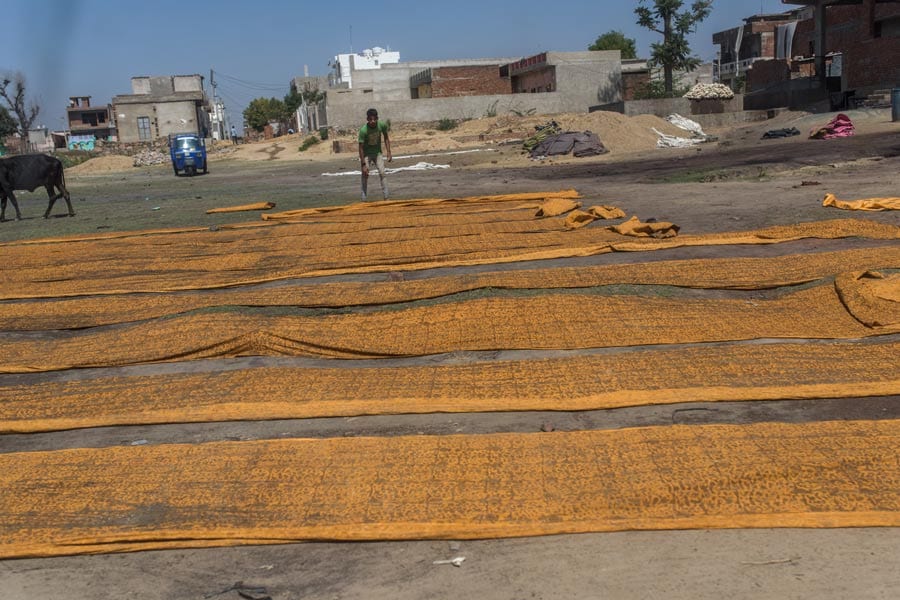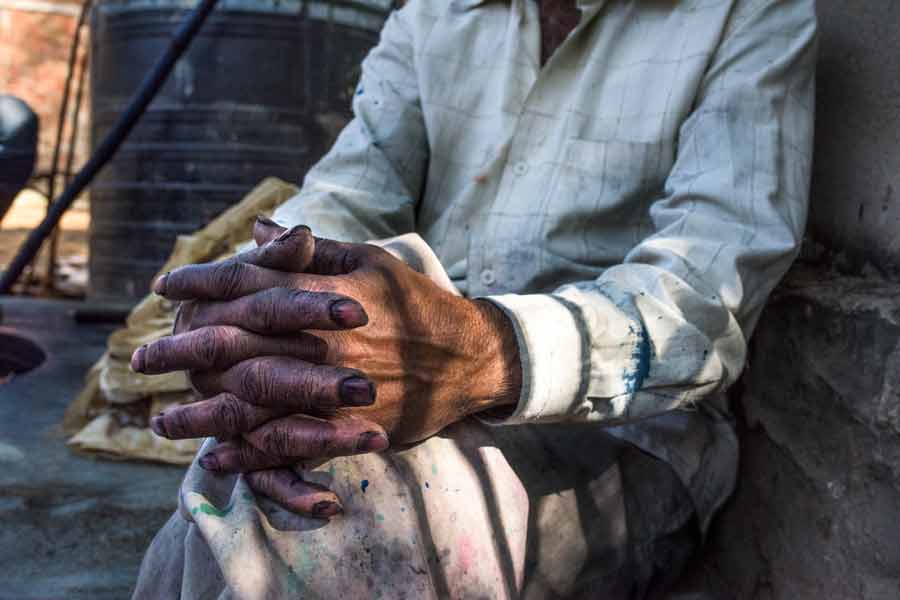HOW WE MAKE THEM
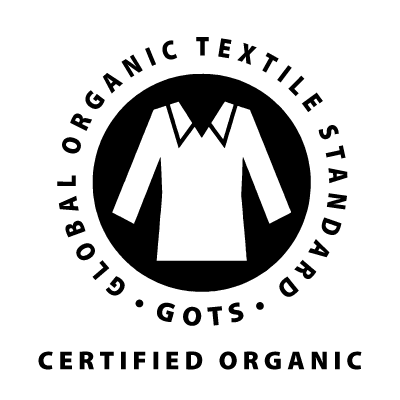
ONI FABRICS ARE HANDMADE USING TRADITIONAL INDIAN TEXTILE-MAKING TECHNIQUES
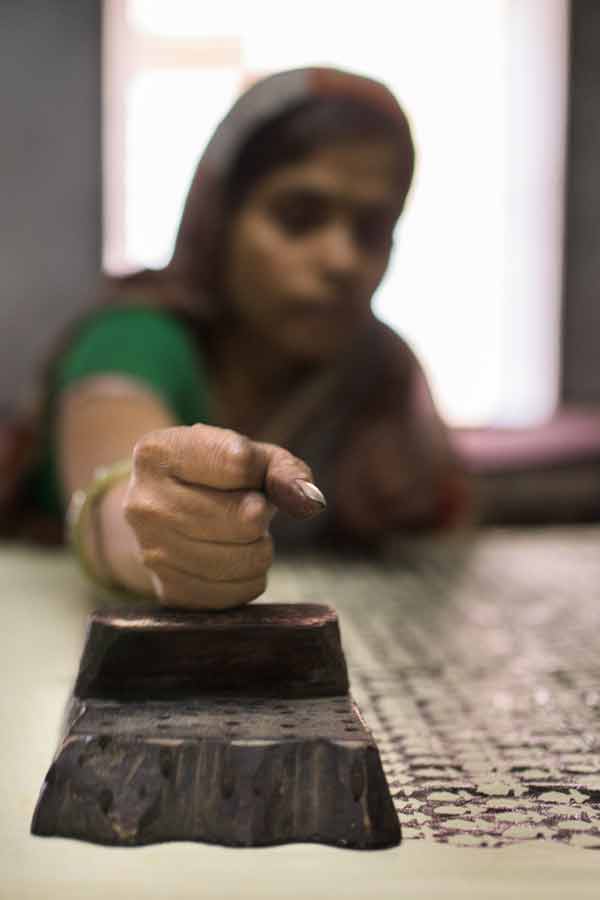
HAND-BLOCK PRINTING
Hand-block printing, one of the oldest forms of textile design going back thousands of years to the Indus Valley civilisation, is found through-out India and renowned in Jaipur, Rajasthan. First, a motif is carved into a hard wood such as sheesham (Indian Rosewood) to create a design in relief. The woodblock is dipped in dye and stamped by hand onto fabric. Each colour within a design or motif represents a separate woodblock and reveals the printer’s skill, practised eye and a steady hand. Woodblocks are themselves often works of art and a testimony to the skill of the carver.
DABU PRINTING
Dabu technique involves a process of ‘mud resist printing’. A special clay-mud mixture is prepared and applied to the fabric using a woodblock. Sawdust is sprinkled on to the mud while still wet to help the curing, drying process. The fabric is then dipped into a dye solution (usually indigo or madder) then washed to remove the clay, revealing a reverse print pattern, similar to the batik method. Today, just a small community of artisans in the village of Bagru located outside Jaipur, continue the tradition of dabu.
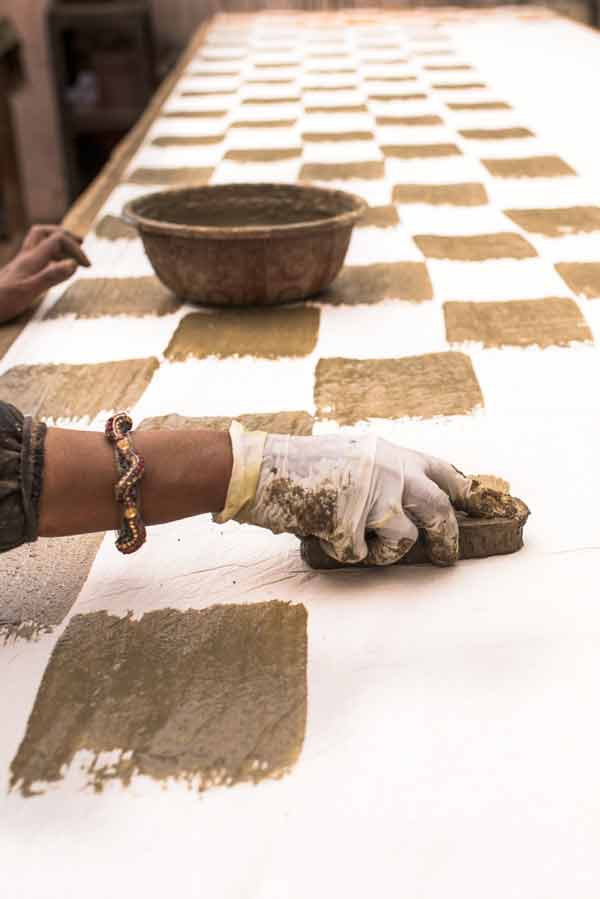



DABU PRINTING
Dabu technique involves a process of ‘mud resist printing’. A special clay-mud mixture is prepared and applied to the fabric using a woodblock. Sawdust is sprinkled on to the mud while still wet to help the curing, drying process. The fabric is then dipped into a dye solution (usually indigo or madder) then washed to remove the clay, revealing a reverse print pattern, similar to the batik method. Today, just a small community of artisans in the village of Bagru located outside Jaipur, continue the tradition of dabu.
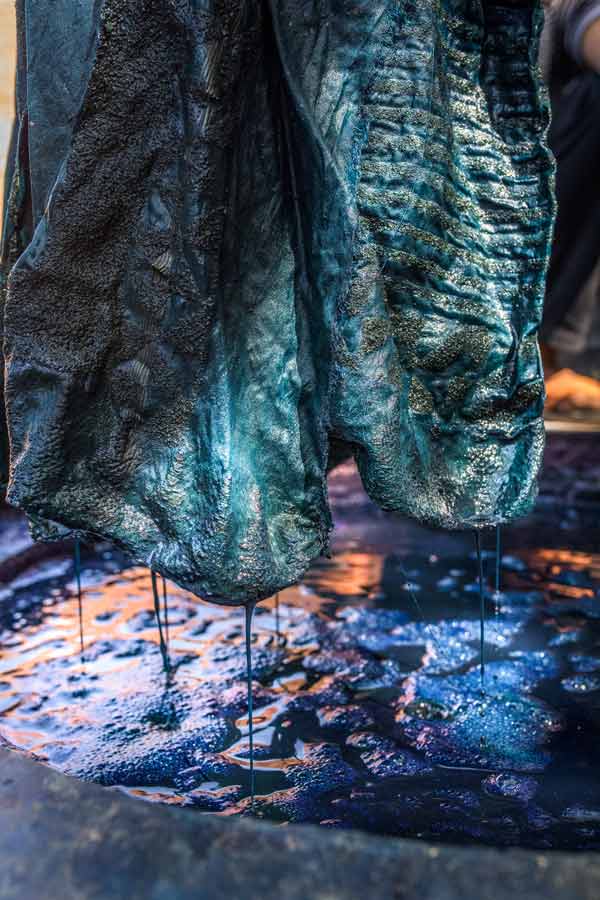

TRADITIONAL DYES
Some of our bedspreads are made with vegetable dyes such as indigo, madder root, and turmeric. Using vegetables and minerals to dye fabric has been part of India’s history of textile design for thousands of years, however, the development of synthetic pigments in the last 150 years has made vegetable dyes almost obsolete. Today, only small pockets of artisans in India preserve this ancient craft of plant-based dye-making. The method is laborious and time-consuming but vegetable-dyed textiles offer a unique colour palette and are ideal for babies, children and those with sensitive skin.
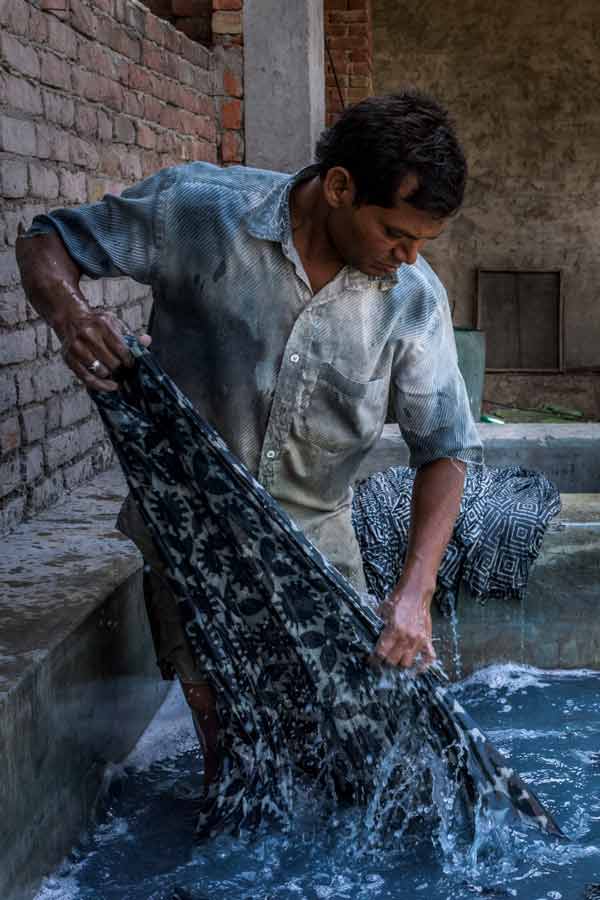


ECO-FRIENDLY DYES
Our fabrics which are not vegetable dyed use low impact or azo-free, non-toxic dyes. These adhere to international standards (REACH) for more eco-friendly printing methods and are significantly better for you and the environment than conventional dyes. They produce less chemical and gray water run-off and do not contain toxic compounds, known carcinogens or heavy metals.
ECO-FRIENDLY DYES
Our fabrics which are not vegetable dyed use low impact or azo-free, non-toxic dyes. These adhere to international standards (REACH) for more eco-friendly printing methods and are significantly better for you and the environment than conventional dyes. They produce less chemical and gray water run-off and do not contain toxic compounds, known carcinogens or heavy metals.




